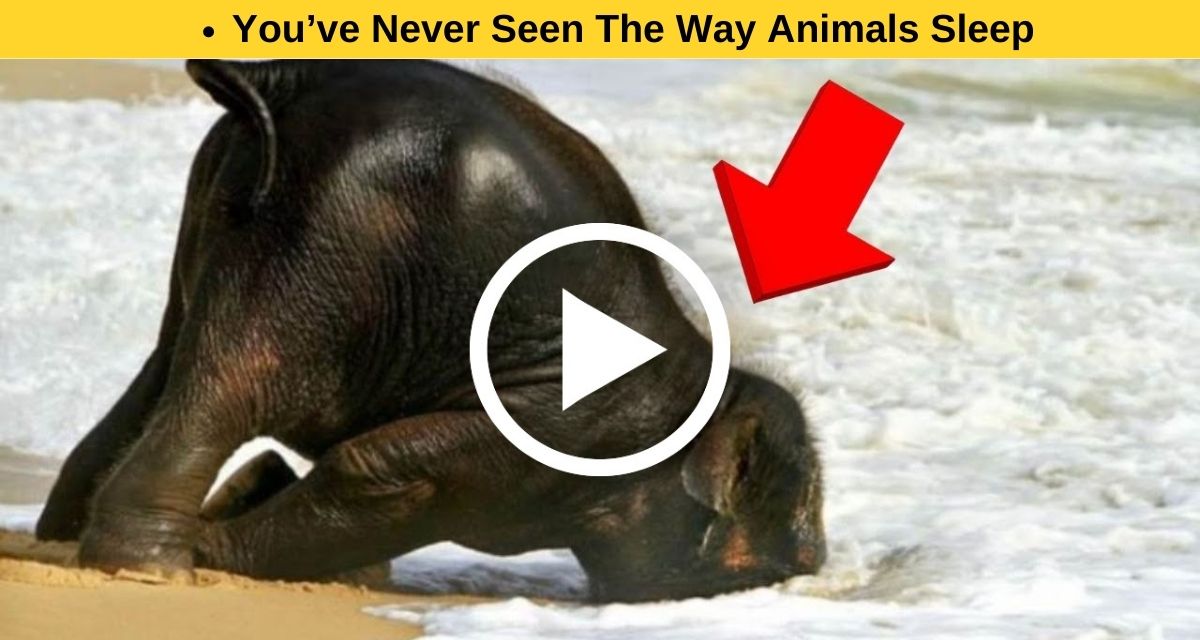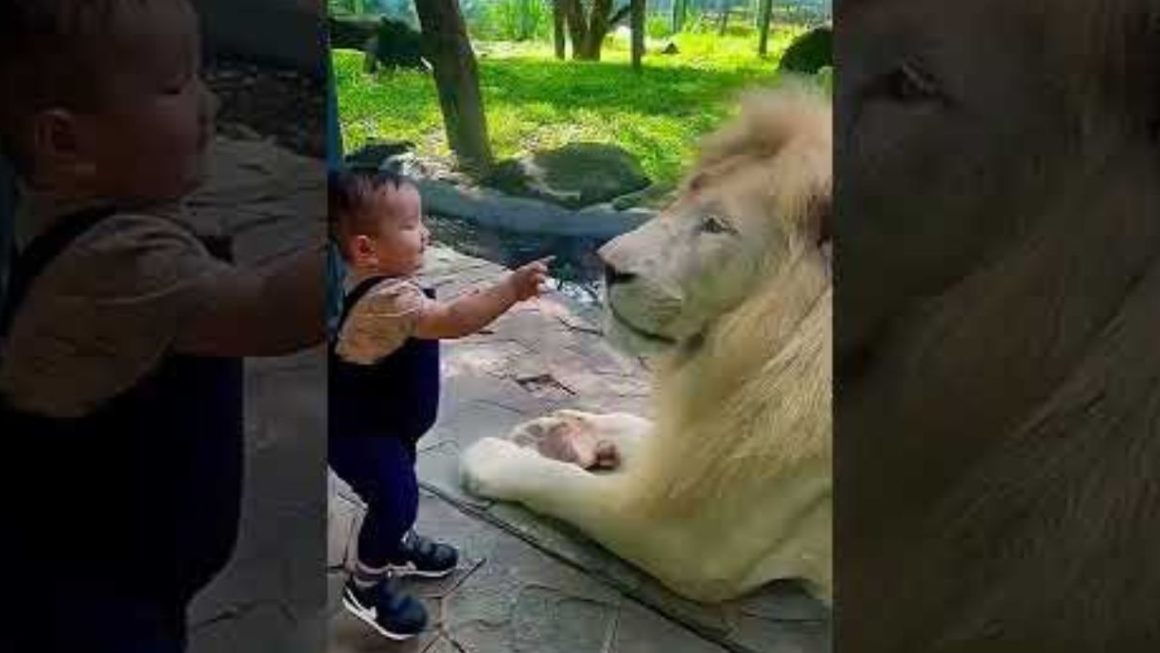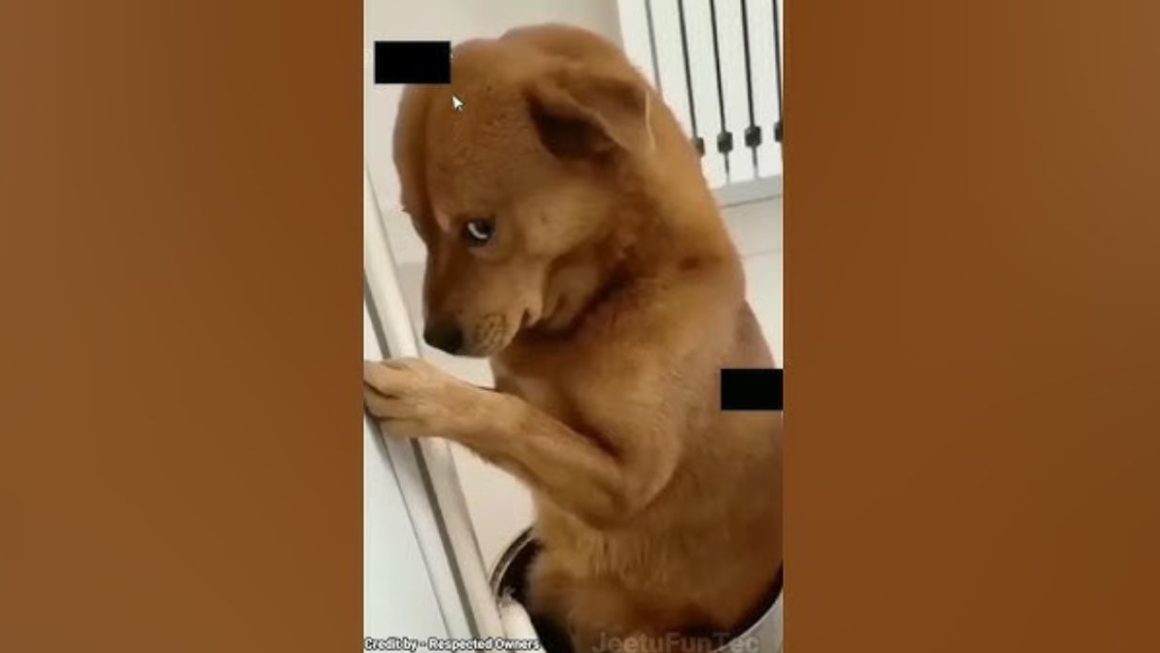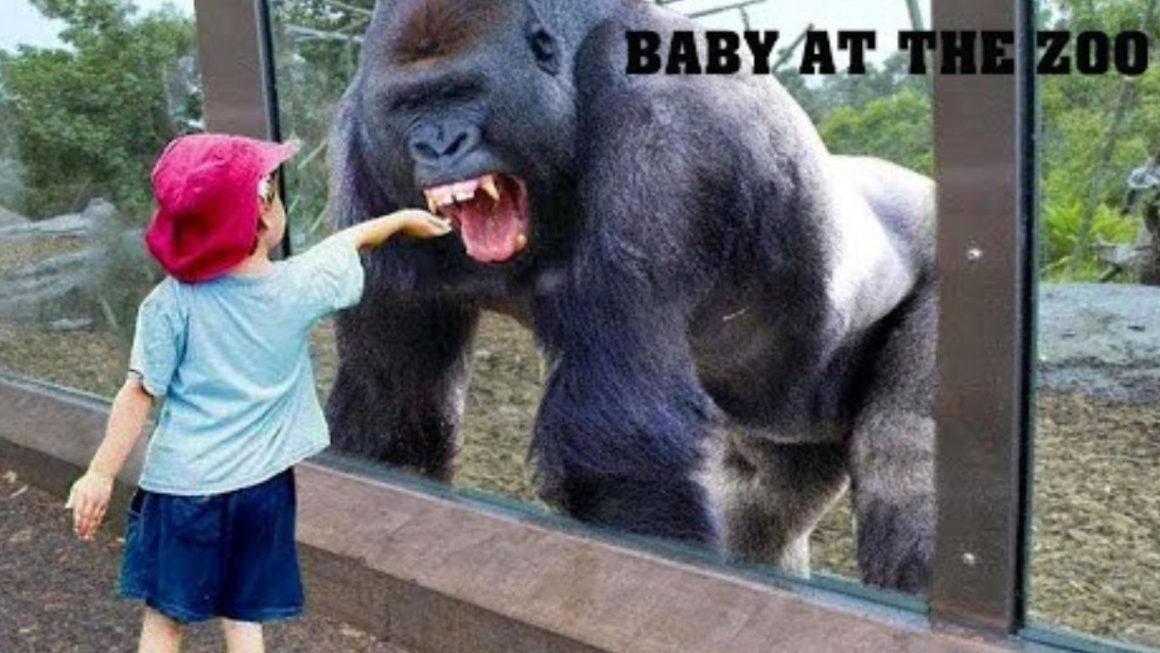Did you ever have this question in your mind?
You will be amazed after reading this article how animals sleep in a position we could never have
imagined.
While many of the animals we are familiar with and adore, like dogs, do sleep in a fashion that we can
understand, many other creatures have quite different sleeping habits. Even the sleeping habits of any
species are unknown to scientists.
Let’s look at some entertaining and fascinating ways that animals in the animal kingdom sleep!
Octopisleep at night?
The scientific community generally considers octopuses to be fun and clever cephalopods. Marine
biologists and aquarists still don’t fully understand the extent of their intelligence, level of awareness, or
daily routines. While the answers to the fundamental concerns of how octopuses spawn and eat have
been thoroughly explored, extensive research on the effects of sleeping behavior is still ongoing.
Sleep cycles are common across vertebrates, including humans, and cephalopods like octopuses.
Domesticated and wild octopuses alike will crawl into their homes, close their eyes, and stand still for
extended periods of time. They will occasionally change color quickly and flick their tentacles for
roughly 15 minutes. Previously, scientists believed that they were constantly vigilant, waking up to scan
their surroundings.
Is the owl snoozing on its real side?
A few owls have recently gained popularity without exerting any effort. All they needed to do was sleep!
They did it that way, indeed. Yes, they appeared to have just returned from a night of heavy drinking
while also being extremely attractive. If it weren’t for the internet, perhaps 99% of people wouldn’t even
have known about it.
Adult owls rest while standing. They occasionally have a slight forward or backward tilt to their heads.
Adult owls that inhabit forests typically snooze in trees and have powerful claws that allow them to cling
to branches. They frequently look for safety in a hollow tree or crack.
According to research, the position and cycle of owl babies’ sleep are comparable to those of new-born
humans. Like newborn babies, baby owls sleep for a few hours, wake up, eat, and then go back to
sleep. They also sleep with their heads turned to the side while lying on their stomachs. Others doze on
their sides. Baby owls lie down because their heads are weighty and their neck muscles are still growing.
Giraffes
Can you envision snoozing for as little as 30 minutes every day and only five minutes at a time? Giraffes
act just like this. A risk-free nap is impossible for a huge animal in the middle of broad plains since any
time spent sleeping puts the animal at risk from predators. They take brief naps as a result, occasionally
sitting down with their heads resting on their shoulders and other times standing up and getting ready
to run. It’s also difficult for them to get some quicks z’s because they’re such tall, lanky beasts, but when
they do curl up for some rest, it’s quite adorable.
Sea otters
When it comes to napping, sea otters like to be in the water. They avoid land-based predators by
floating on their backs, and they prevent current drift by wrapping themselves in seaweed. Sometimes,
in what is known as an otter raft, up to 100 sea otters can be seen sleeping together in this manner. To
keep them together as they sleep, some otters may even join hands with another otter.
Dark bats
Brown bats, which sleep for roughly 19 hours every day, are on the other end of the mammalian sleep
range from sperm whales and giraffes. The nocturnal animals sleep upside down all day long because it
makes taking flight with their feeble wings simpler for them from that position. In addition to keeping
them safe from predators, it also puts them in a position from which they may take off if necessary.
They are also safe from falling off since their powerful talons hold them in place.




